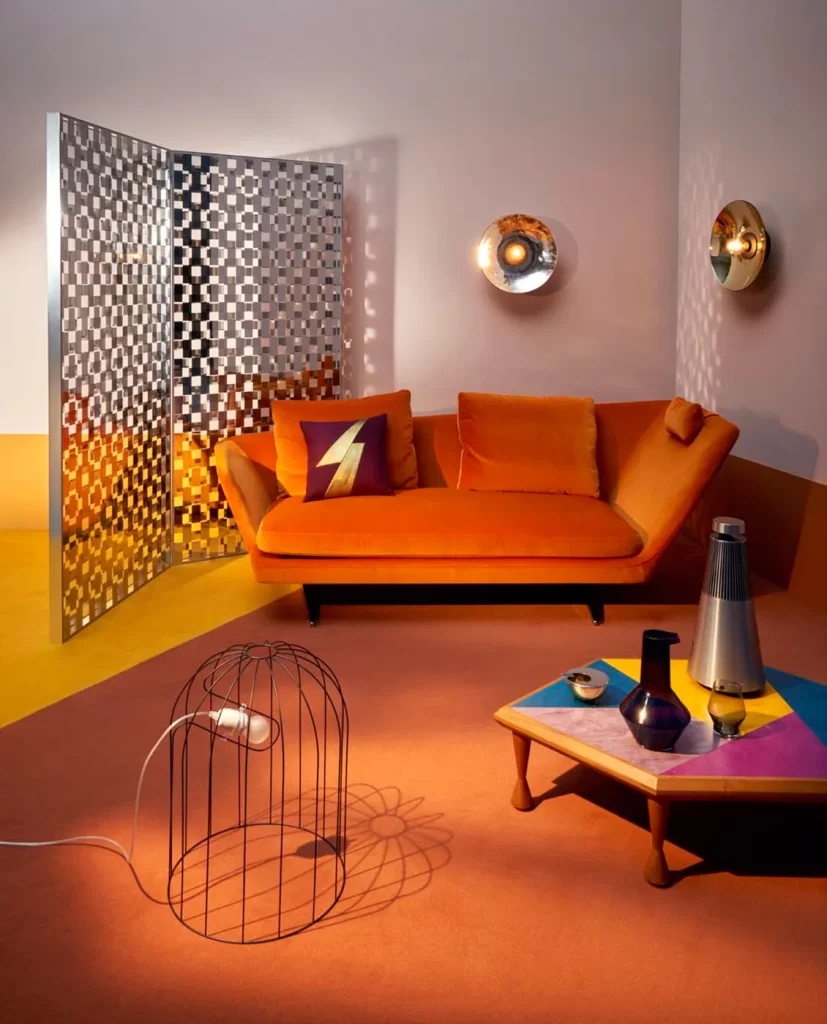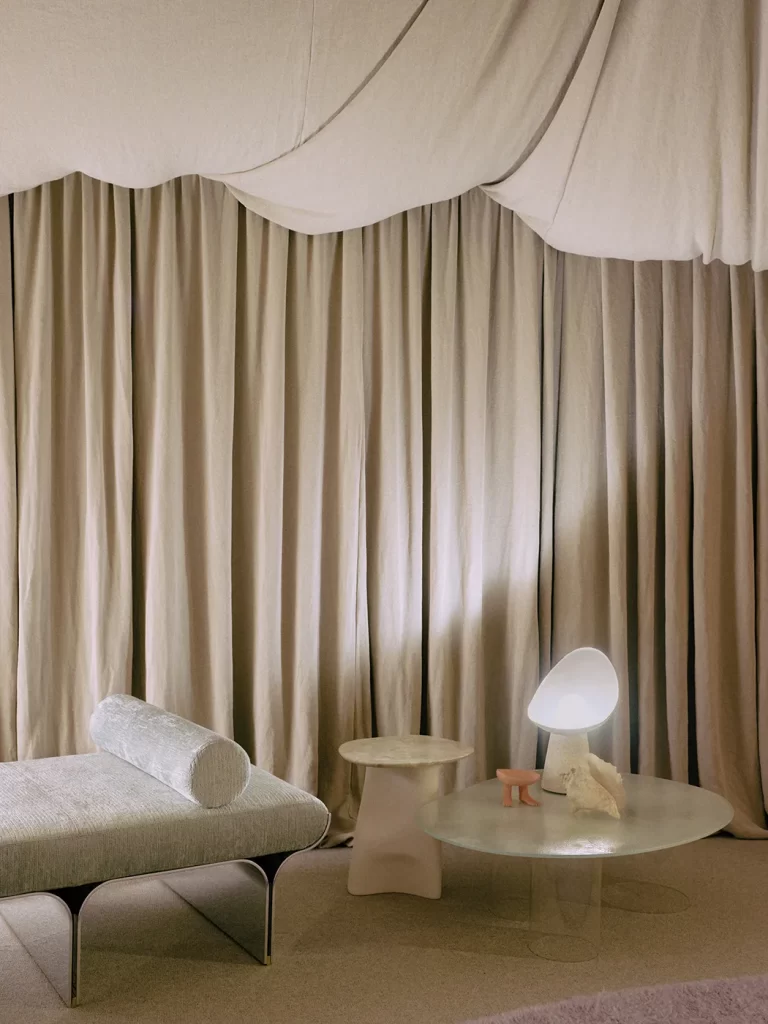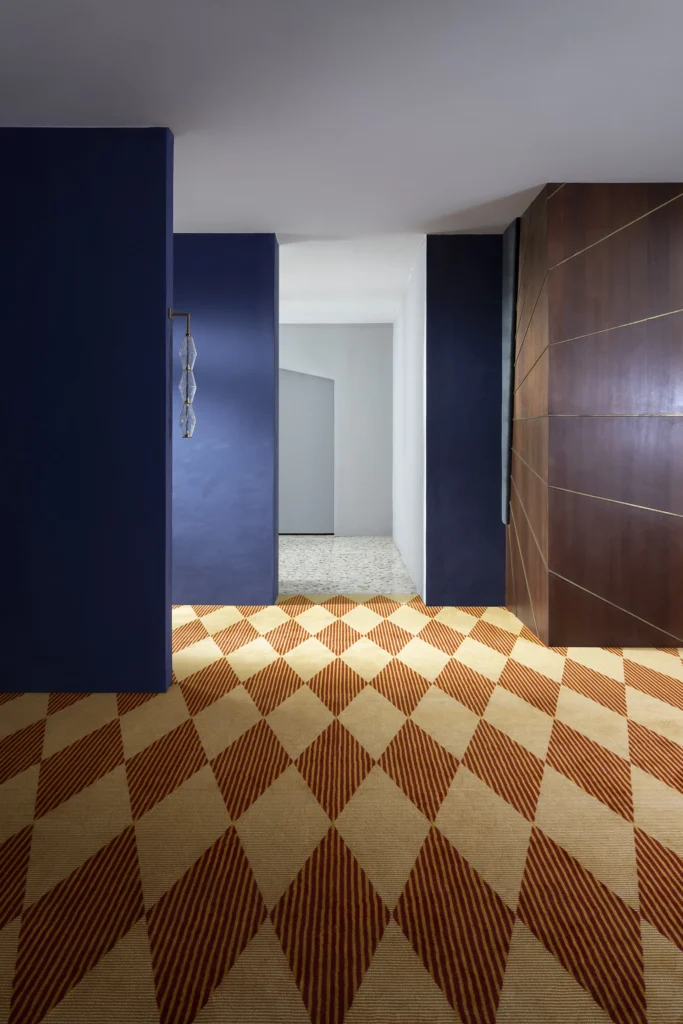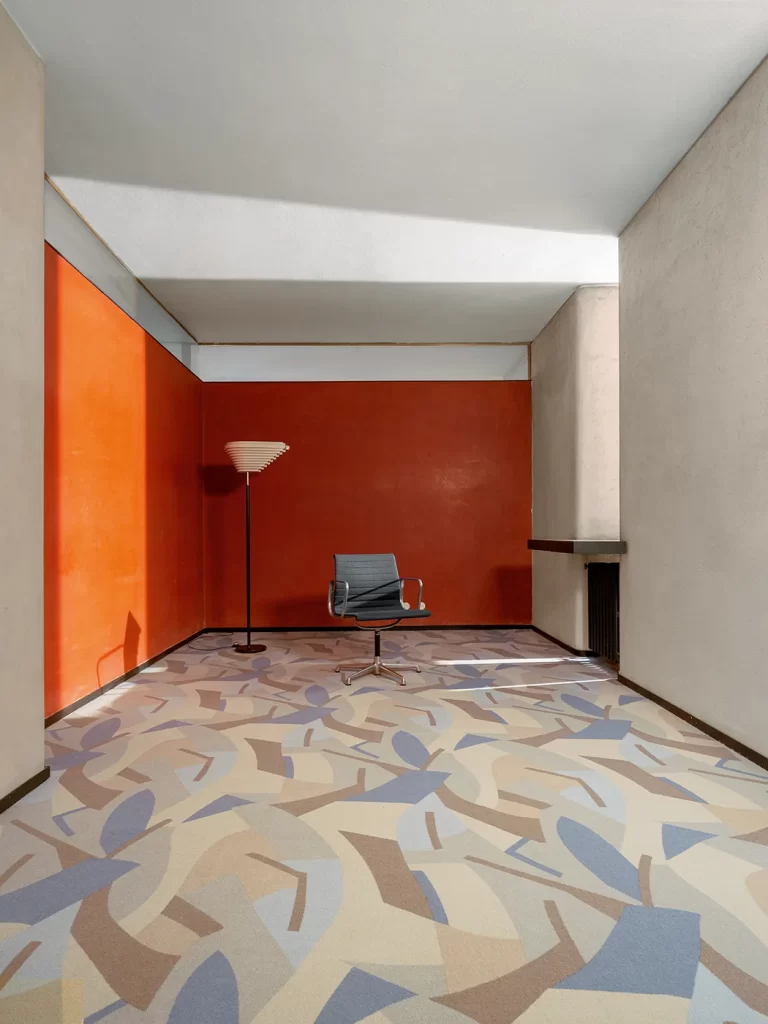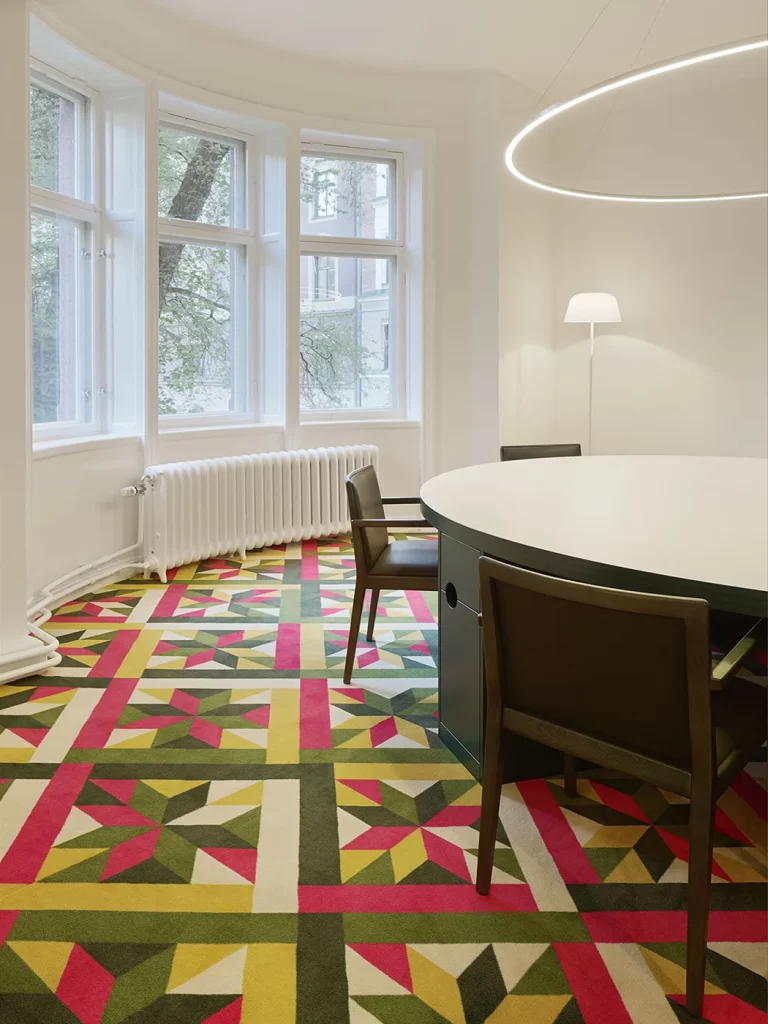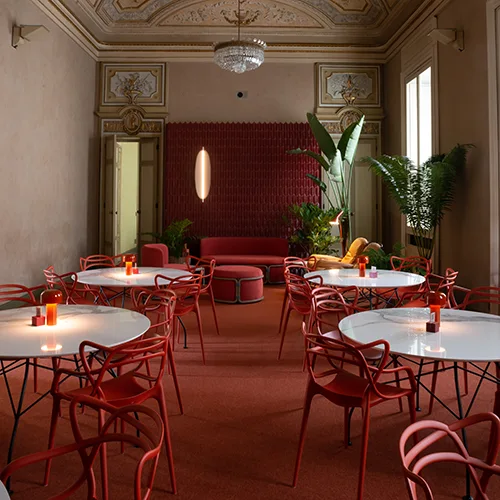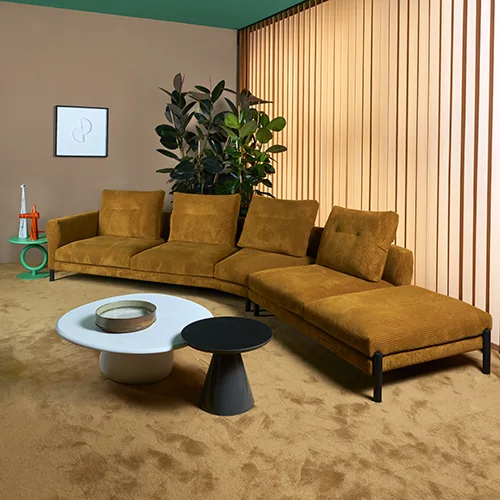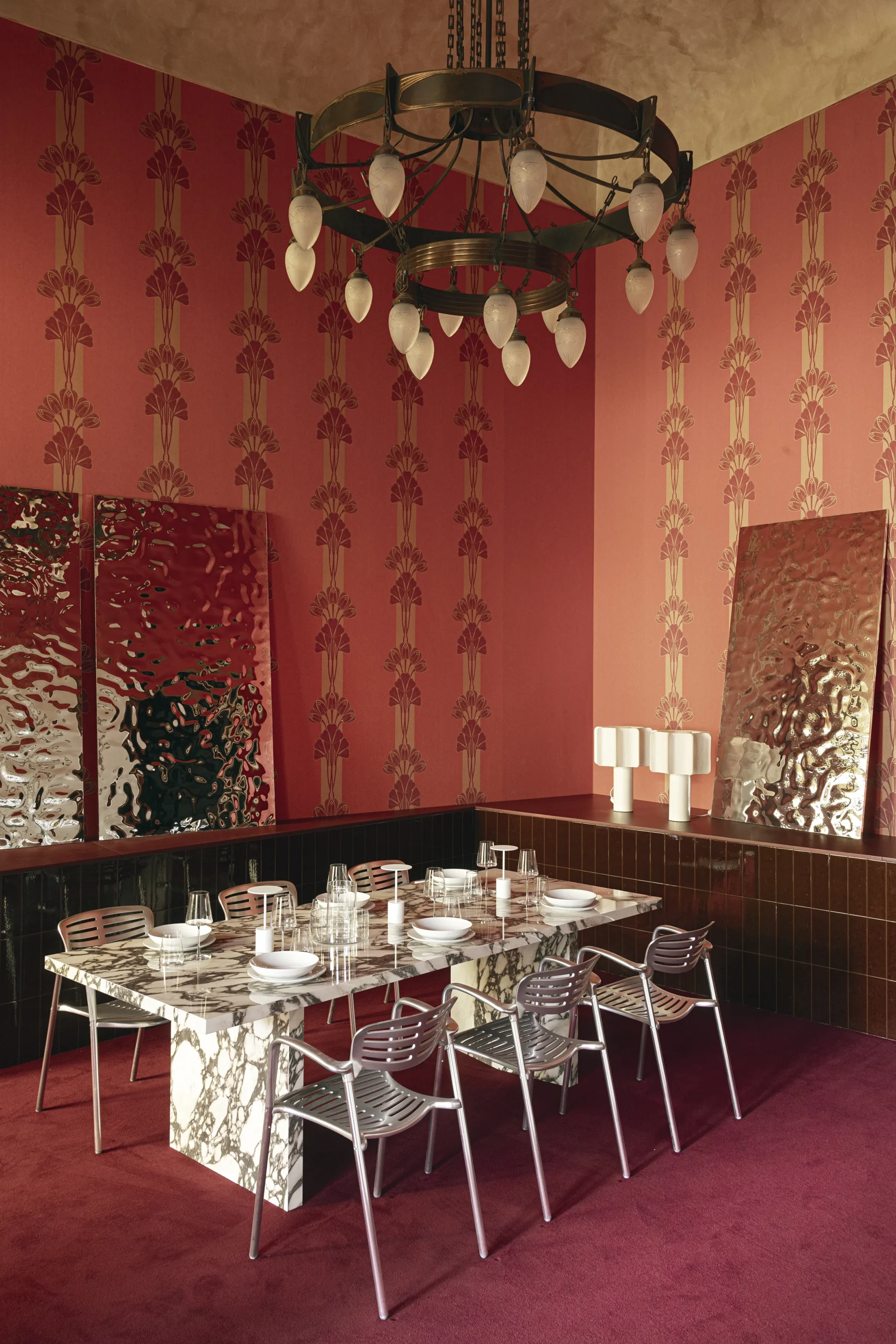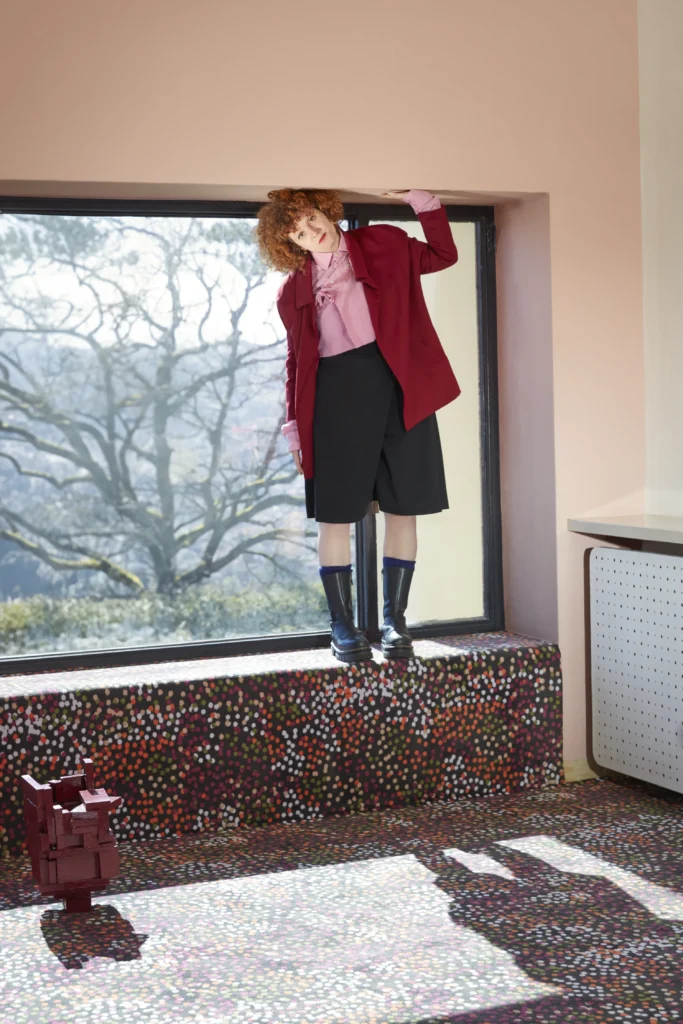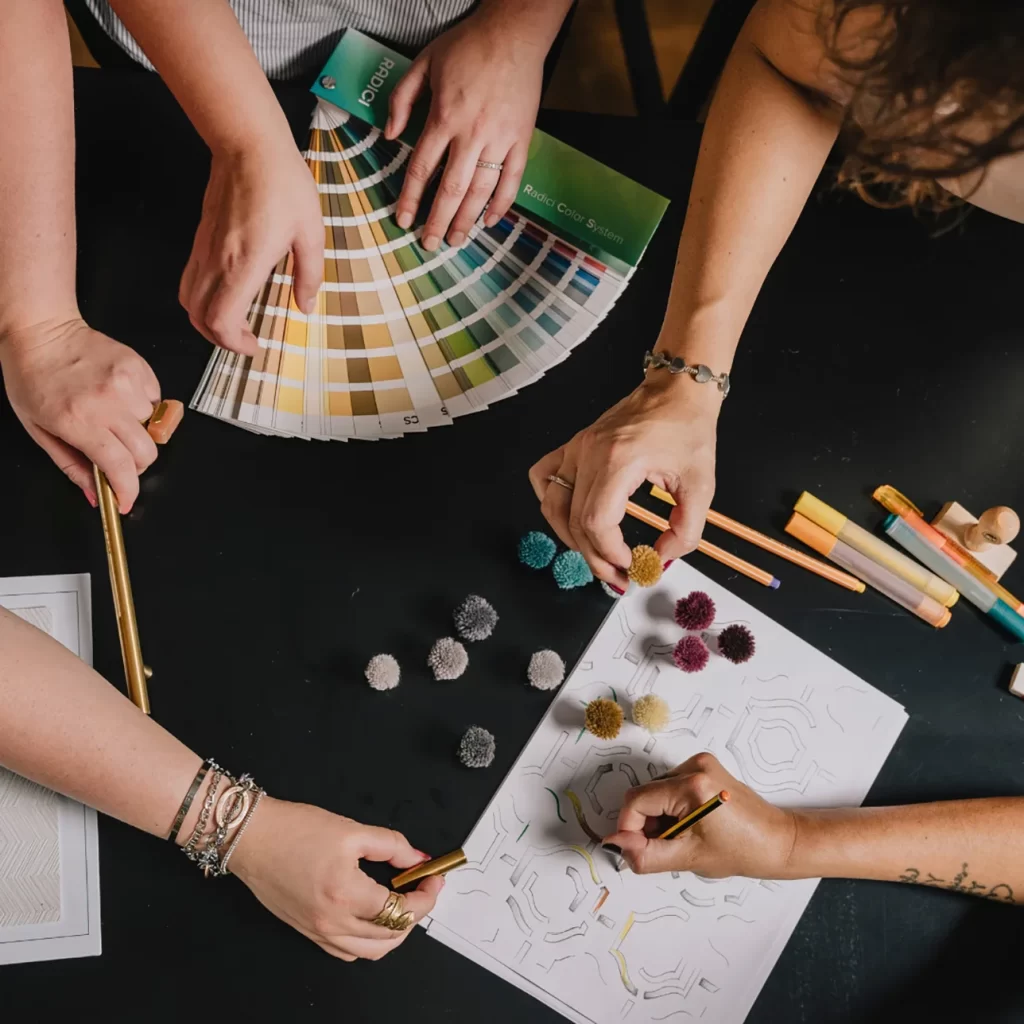Interior Design 2026: colors, textures and carpets that tell the future of spaces
2026 marks a return to authenticity and a deeper connection with nature in interior design. Chromatic and tactile trends merge into a sensory narrative that engages all the senses, with carpet emerging as the protagonist in interpreting these evolutions.
The focus shifts toward natural and sustainable materials, rich and layered textures, and colors that evoke a sense of well-being and grounding.
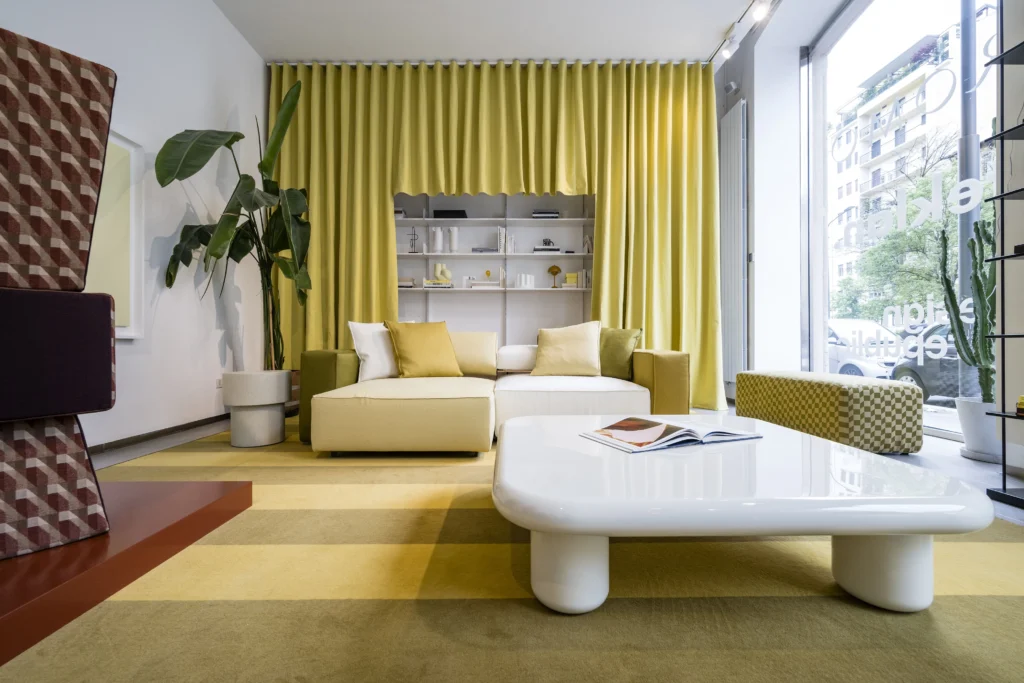
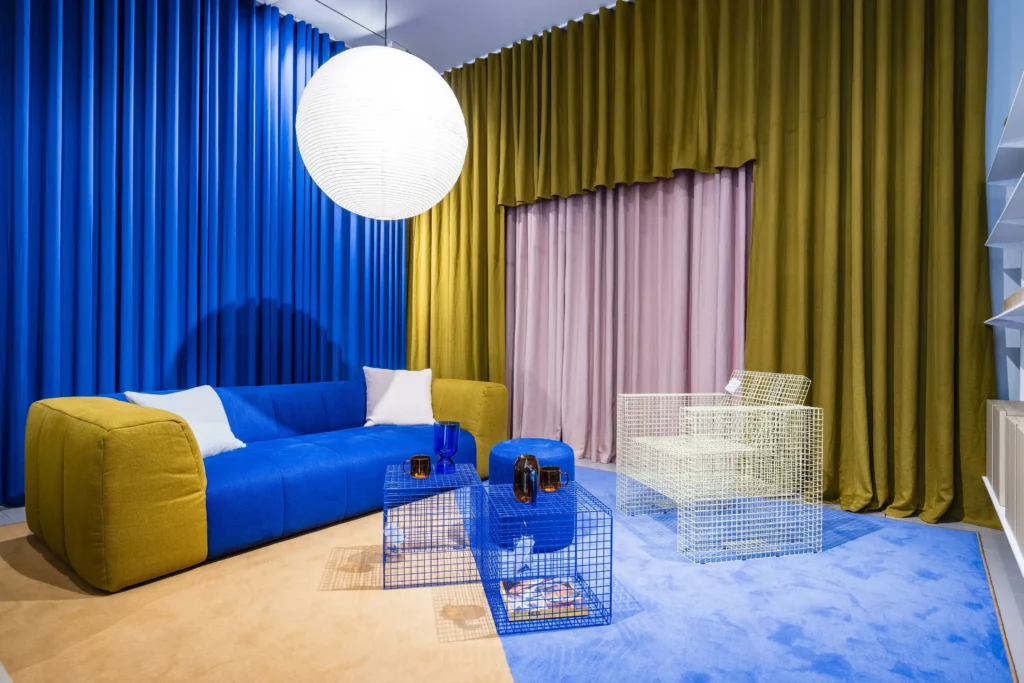
Colors: natural shades and vibrant accents
The 2026 palettes are deeply inspired by the earth, with warm and reassuring tones such as sage green, terracotta, sand, and soil—evoking Mediterranean landscapes, forests, and pristine environments. These colors are perfect for creating warm, welcoming, and relaxing spaces, ideal for contract environments such as hotels, offices, and retail. Alongside these natural tones, bolder accents emerge, like ultramarine blue, mustard yellow, and brick red, bringing energy and personality to interiors, often used as touches of color to add visual interest and depth.
Textures: materials that tell stories
The return to natural materials is one of the main directions for 2026. Fabrics such as raw linen, soft velvet, hemp, and organic cotton gain presence alongside untreated wood, limestone, and artisanal ceramics—all able to tell a story of craftsmanship, sustainability, and connection with nature. Recycled and regenerated materials also play an increasing role, in a constant dialogue between innovation and environmental responsibility.
Carpet: the tactile heart of interiors
Carpet, with its rich and enveloping textures, becomes the true tactile heart of these spaces, bridging colors and natural materials. Natural fibers, especially wool from New Zealand, are valued for their thermal and acoustic comfort, while velvet or loop pile finishes add depth and character. Carpet also offers virtually unlimited customization, from colors to weights and patterns, allowing the creation of unique flooring solutions tailored to the functional and aesthetic needs of every project.
Shapes and patterns: organic geometries and artisanal motifs
When it comes to patterns, 2026 embraces soft and organic forms that evoke natural harmony and fluidity. Geometries draw inspiration from nature, with curves reminiscent of leaves, waves, and mineral structures. At the same time, the value of craftsmanship translates into handmade textures, woven fabrics, and artisanal finishes that add depth and personality, enhancing the uniqueness of each project.
Multifunctional spaces and sensory design
Trends for 2026 move toward environments that promote emotional and physical well-being, integrating nature and stimulating the senses. Sensory design engages sight, touch, smell, and hearing, creating spaces where comfort is achieved through thoughtful use of colors, materials, and natural light. This attention to detail makes spaces not only functional but also emotionally engaging.
A reflection of new priorities
Overall, the chromatic and tactile trends for 2026 reflect a profound shift toward a slower, more authentic, and connected lifestyle. Homes and public spaces become refuges—places where the balance between technology and nature, aesthetics and functionality, is essential. Within this context, carpet is no longer just a furnishing element but a sensory protagonist, able to combine aesthetics, comfort, and sustainability, shaping space with its unique and warm presence.
Find the perfect carpet for your project
